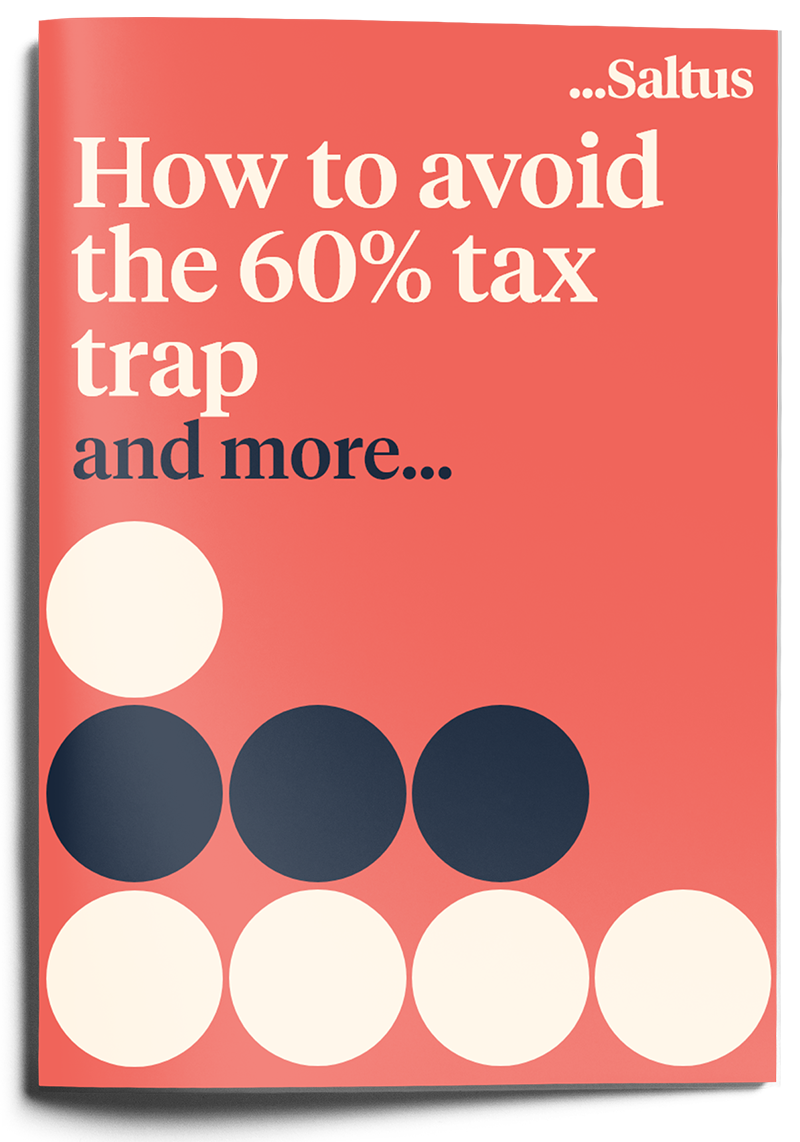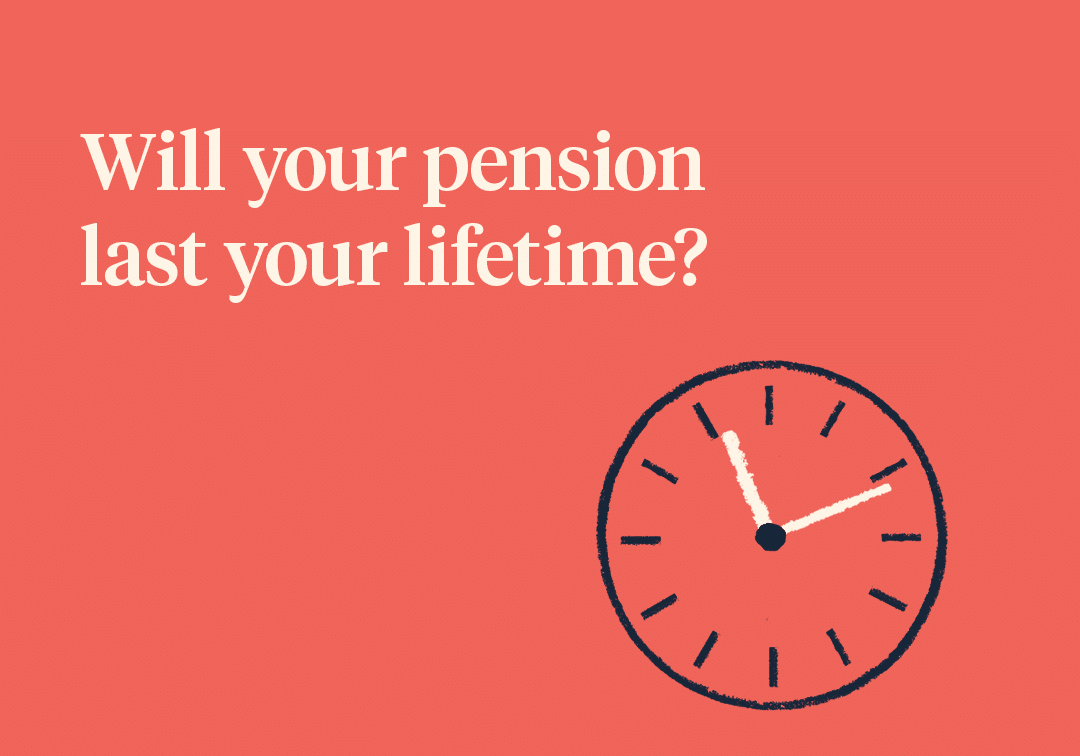As we approach the end of the 2024/25 tax year on 5th April 2025, the clock is ticking to review your financial position and ensure that you have taken full advantage of all available tax allowances and reliefs. Acting now can help you manage your tax liabilities efficiently, optimise your savings and investments, and plan effectively for the future. This article outlines the key financial actions to consider before the tax year ends. By considering these strategies, you can take advantage of available opportunities and potentially improve tax efficiencies, subject to your individual circumstances and applicable regulations.
Maximising your Individual Savings Account (ISA) allowance
There is no better place to start than the ever-dependable ISA. They remain one of the most tax-efficient savings and investment vehicles available, as any interest, dividends, or capital growth generated within an ISA is completely tax-free.[1] The ISA allowance for the 2024/25 tax year is £20,000 per person. This is the same level set since 2017/18. Importantly, this is a use it or lose it allowance, meaning that you cannot carry forward any unused portion into the next tax year.
There are several types of ISAs available, each catering to different financial goals. These include:
- Cash ISA: This is ideal for those seeking a low-risk savings option. It has become more attractive in recent years due to the rise in interest rates.[2]
- Stocks and Shares ISA: This is better suited for individuals looking to invest over the medium to long term, accepting the potential for market fluctuations in exchange for higher returns.[3]
- Innovative Finance ISA: This option allows investment in peer-to-peer and specialist lending, which may carry higher risks but also offer potentially greater rewards than those generated by Cash ISAs.[4]
- Lifetime ISA (LISA): This is specifically designed for individuals aged 18-39 looking to save for their first home or retirement, with contributions of up to £4,000 annually attracting a 25% government bonus.[5]
- Junior ISA: This option enables parents and guardians to contribute up to £9,000 per tax year to build tax-free savings on behalf of their children. It is important to note that the child can take control of this account from the age of 16, however, cannot withdraw the money until they turn 18.[6] A Junior ISA has the option of being a Cash ISA or a Stocks and Shares ISA.





